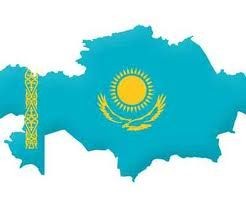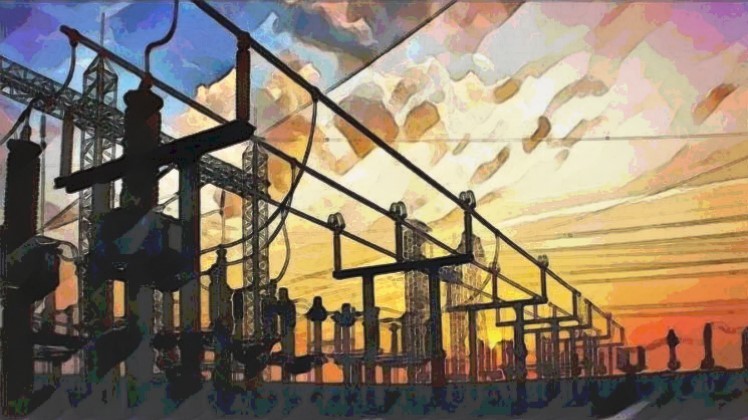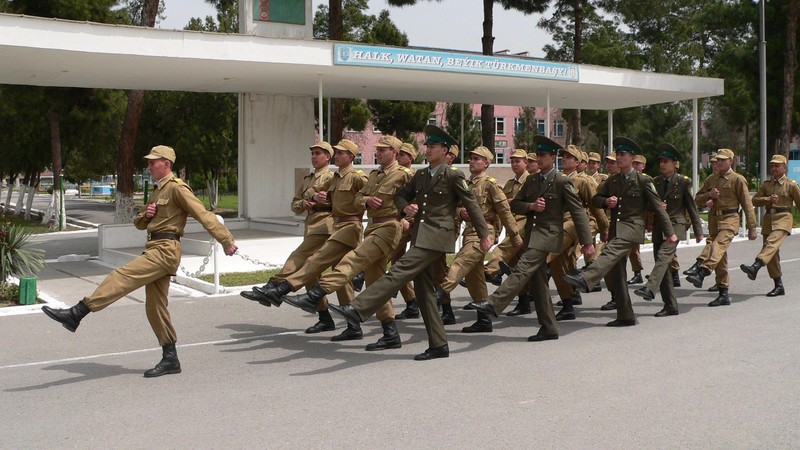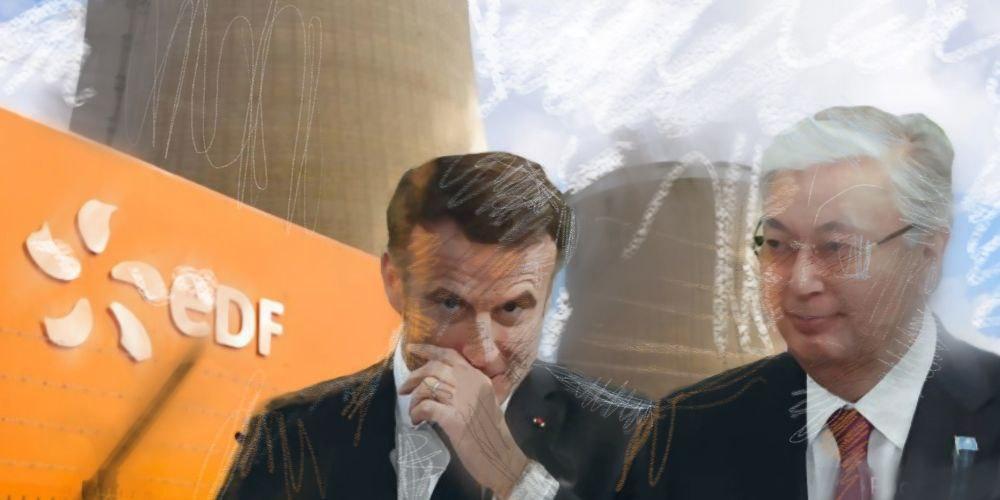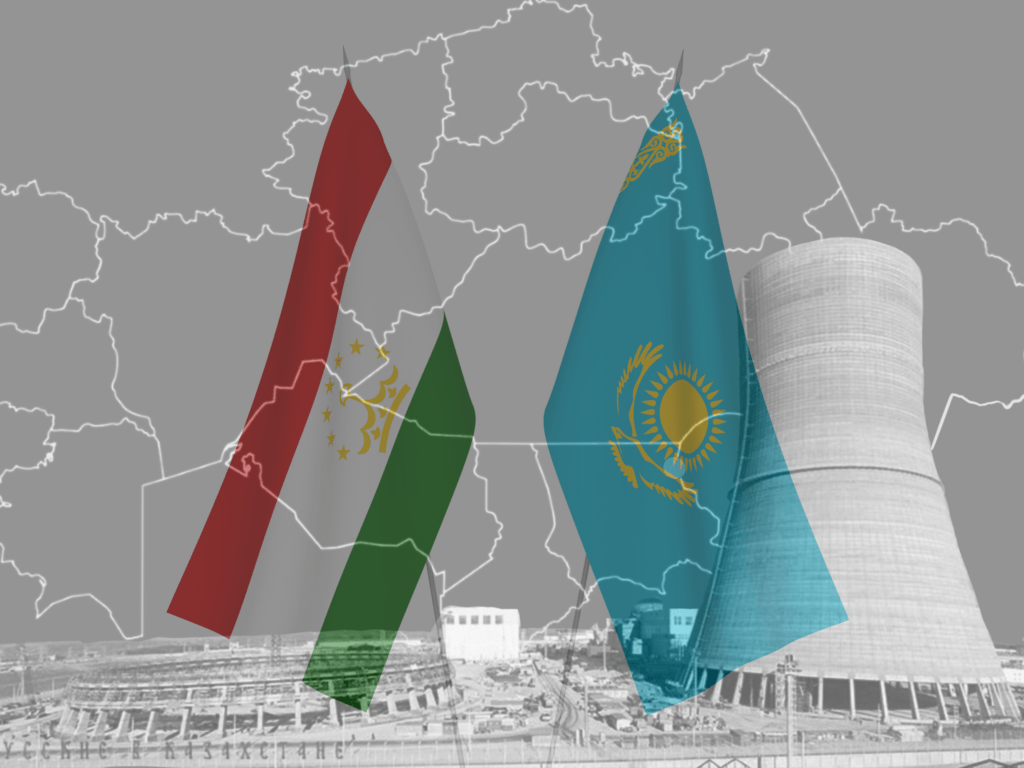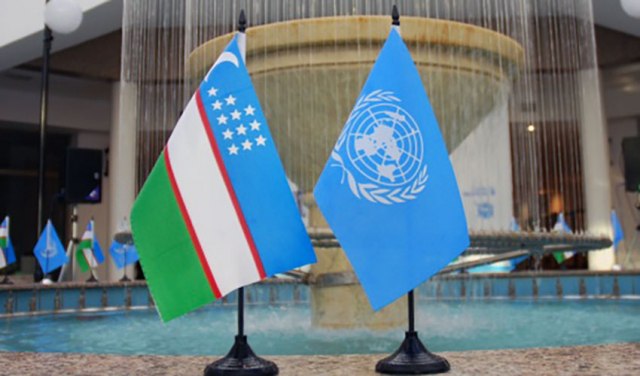ASTANA (TCA) — On the day of the 26th anniversary of Kazakhstan’s accession to the United Nations, an official ceremony was held at the UN Headquarters for signing the Treaty on the Prohibition of Nuclear Weapons by the Republic of Kazakhstan, the Kazakh Foreign Ministry said.
The agreement was signed on March 2 by the Permanent Representative of Kazakhstan to the United Nations, Ambassador Kairat Umarov, in accordance with the authority granted to him by Decree, No 617 of 9 January 2018, of the President of Kazakhstan Nursultan Nazarbayev.
Kazakhstan had participated actively in the elaboration and adoption of the Treaty, which became the first legally binding document in the history of nuclear disarmament. Its main provisions are in line with the principled position of Kazakhstan, which has taken an ambitious path of becoming a leader in nuclear disarmament and non-proliferation after being a one-time holder of the world’s fourth nuclear arsenal. This was inspired by the historical decisions of President Nursultan Nazarbayev, in particular, on the closure of the second largest nuclear test site and renunciation of the nuclear legacy of the Cold War.
Despite the unwillingness of some states, including the leading ones, to pursue disarmament, President of Kazakhstan continues to tirelessly urge the international community to achieve a world free of nuclear weapons. During the High-Level Thematic meeting under the title: “Non-Proliferation of WMD: Confidence-Building Measures” held on 18 January 2018 by Kazakhstan’s Presidency of the UN Security Council, President Nazarbayev once again called upon all Member States to build a world without nuclear weapons by 2045 — the UN’s 100th anniversary. “Those nuclear bombs and rockets do not possess real power. The true protection is provided through the trust of the international community,” President stated, convincing everyone at the Security Council meeting that complete elimination of nuclear weapons by nuclear disarmament and confidence-building measures constitutes the only absolute guarantee against the use or threat of use of nuclear weapons.
The President also noted that the nuclear powers bear the greatest responsibility on behalf of humankind to prevent a nuclear catastrophe. “The largest nuclear powers should constitute the vanguard in the struggle for a nuclear-weapon-free world and lead by an example in reduction of WMDs. It, however, does not mean that other countries should stand aside as if little depended upon them. On the other hand, if the great nuclear powers state that they intend to maintain and strengthen their nuclear capacities and prevent others from acquiring the same, I believe that will backfire. We must therefore work together,” Nazarbayev said.
As is known, among the three types of WMDs — nuclear, chemical and biological — nuclear weapons are the only ones not prohibited by law. In this regard, the core of the Treaty is Article 1 “Prohibitions”, which contains provisions on the comprehensive ban of nuclear weapons. The Treaty is designed to remove this glaring gap in existing international legal instruments, and is the first step towards eliminating nuclear weapons.
The Treaty on the Prohibition of Nuclear Weapons was adopted on 7 July 2017 with the support of 122 UN Member States. It was the outcome of two sessions of a UN Conference to negotiate a legally binding instrument to prohibit nuclear weapons, leading towards their total elimination. The conference took place on March and June-July 2017 in New York. It was open to the participation of all UN member states. However, nine de facto and de jure nuclear weapons possessing states, and their allies boycotted these talks.
To date, the Treaty has been signed by 56 states, five of which have ratified it. Kazakhstan has become the 57th signatory state. The Treaty shall enter into force 90 days after the fiftieth instrument of ratification has been deposited.
